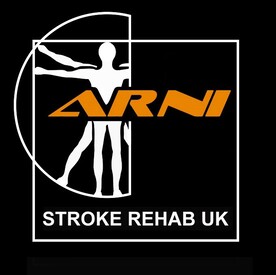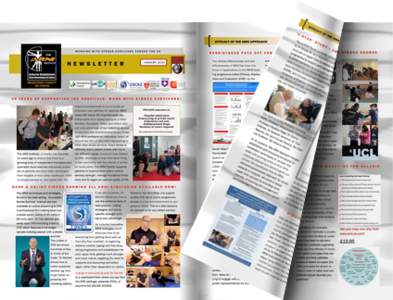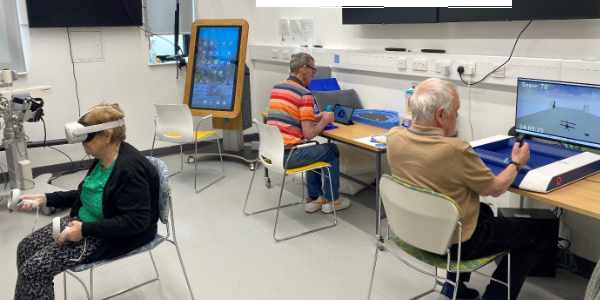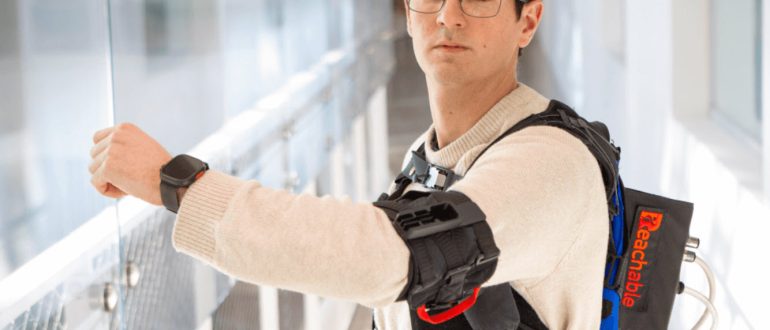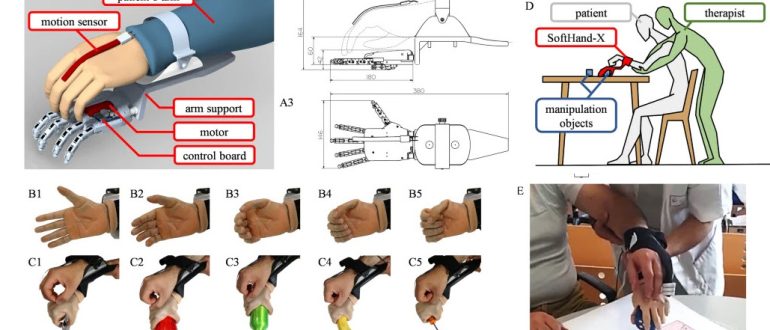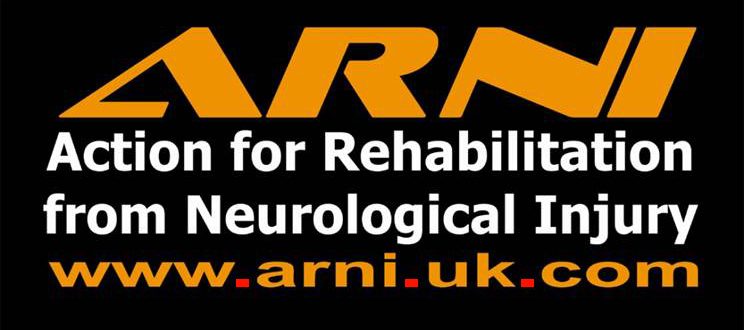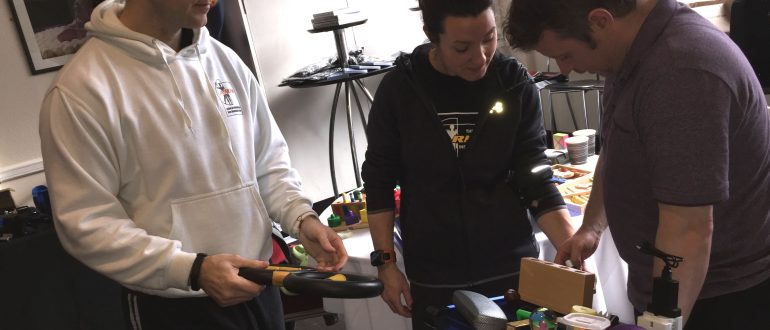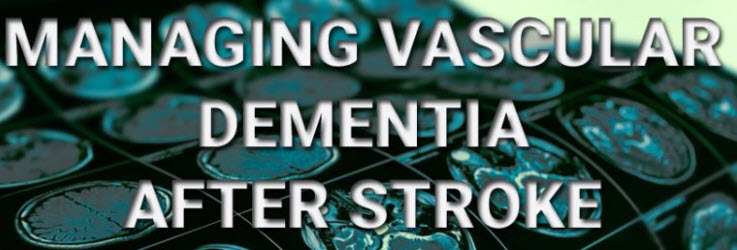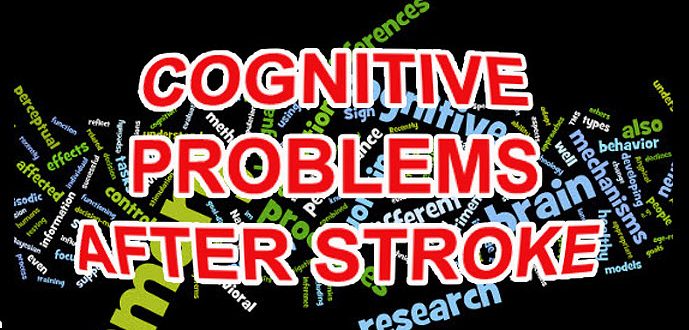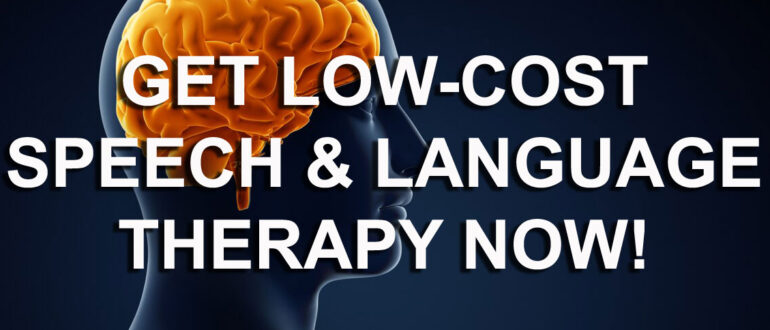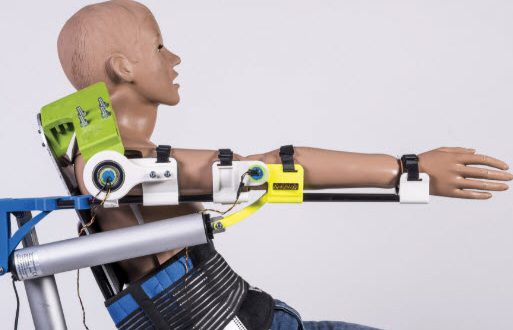In Scotland, The Sir Jules Thorn Centre for Co-Creation of Rehabilitation Technology, located at the Wolfson Centre at the University of Strathclyde in Glasgow, is helping stroke survivors with leading-edge, tech-enriched retraining programmes to help them regain independence. The centre is a partnership between the University, NHS Lanarkshire, and the charity Chest Heart & Stroke Scotland. Its mission is to make intensive, technology-enriched rehabilitation more accessible to stroke survivors, helping them regain independence and hope.
Rehab exercises can sometimes feel repetitive, but the Sir Jules Thorn Centre is making them fun and engaging. They adapt controllers and use computer games to help survivors recover dexterity in their hands and arms. As one survivor put it, the machines are ‘rigged to computer games and they work you hard, but also make it interesting and fun’. This playful approach keeps motivation high, encouraging people to push themselves further.
For survivors with walking difficulties, a high-tech treadmill with a harness system provides crucial support and feedback. The technology uses cameras to track movement, allowing patients to see exactly how they walk and make corrections in real time. This real-time visual feedback, often within virtual reality environments, is not only supportive but also highly motivating, boosting confidence with every step.
With the help of advanced technology, patients can achieve a level of intensive, tailored rehab that isn’t possible with traditional methods alone. The centre’s eight-week programme is designed to push patients toward their goals, whether it’s recovering the ability to walk and talk at the same time or achieving a small but hugely significant personal goal like zipping up a jacket. This personalised attention is making a massive difference.
They work directly with stroke survivors, clinicians, and engineers to develop technologies that are genuinely useful and user-friendly. By involving the people who will use the technology, they ensure the solutions are truly patient-centred and address real-world challenges.
